Home>Gardening & Outdoor>Landscaping Ideas>Why Can’t Humans Digest Grass
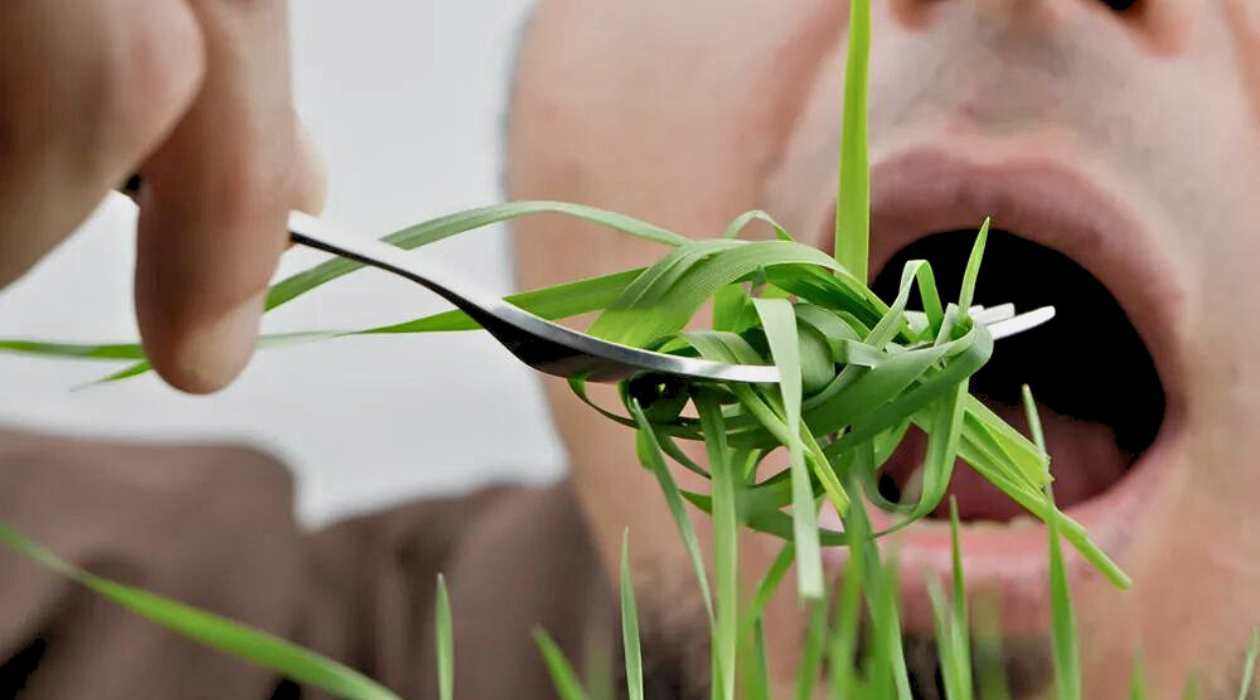

Landscaping Ideas
Why Can’t Humans Digest Grass
Published: February 1, 2024
Discover why humans can't digest grass and get landscaping ideas to create a beautiful outdoor space. Explore the reasons and solutions for this common issue.
(Many of the links in this article redirect to a specific reviewed product. Your purchase of these products through affiliate links helps to generate commission for Storables.com, at no extra cost. Learn more)
Introduction
Grass is a ubiquitous feature of landscapes, covering vast expanses of fields, lawns, and meadows. It serves as a fundamental component of ecosystems, providing sustenance for various herbivorous animals. However, despite its prevalence and importance in the natural world, humans are unable to derive significant nutritional value from consuming grass. This intriguing phenomenon raises the question: Why can't humans digest grass?
The inability of humans to digest grass is a topic that piques curiosity and prompts a deeper exploration into the composition of grass and the intricacies of the human digestive system. By delving into the scientific aspects of this issue, we can gain a better understanding of the biological barriers that prevent humans from deriving sustenance from this abundant plant.
In this article, we will embark on a fascinating journey to unravel the mysteries behind the indigestibility of grass for humans. We will examine the composition of grass, the complexities of the human digestive system, and the role of cellulose in this enigmatic relationship. Furthermore, we will delve into the absence of the cellulase enzyme in the human body, shedding light on the evolutionary implications of this biological divergence.
Join us as we embark on a captivating exploration of the intricate interplay between grass and the human digestive system, uncovering the scientific rationale behind the inability of humans to digest this ubiquitous plant. Through this exploration, we aim to shed light on a compelling aspect of human biology and offer insights into the evolutionary adaptations that have shaped our relationship with the natural world.
Key Takeaways:
- Humans can’t digest grass because of its tough cellulose structure, which our digestive system can’t break down. This shows how our bodies have evolved differently from herbivorous animals.
- The absence of the cellulase enzyme in our bodies means we can’t get nutrients from grass like herbivores do. Our digestive system has adapted to a more varied diet over time.
Read more: Why Cant You Recycle Pizza Boxes
The Composition of Grass
Grass, a familiar sight in landscapes across the globe, is a complex and multifaceted plant that plays a pivotal role in various ecosystems. Comprehending the composition of grass is essential to unraveling the enigma of why humans cannot digest it. At its core, grass is primarily composed of cellulose, a structural polysaccharide that forms the foundation of its cellular structure. Cellulose, a long-chain polymer of glucose molecules, endows grass with its characteristic rigidity and resilience, making it a formidable component of the plant kingdom.
In addition to cellulose, grass contains a diverse array of compounds that contribute to its overall composition. Hemicellulose, another polysaccharide present in grass, complements the structural integrity conferred by cellulose. This compound, comprising various sugar molecules, reinforces the robustness of grass cell walls, further enhancing its resilience in the face of environmental pressures.
Furthermore, grass encompasses a rich assortment of proteins, essential for sustaining the growth and development of the plant. These proteins, comprising amino acids, serve as vital building blocks for the intricate machinery of grass cells, facilitating their metabolic processes and structural functions.
Moreover, grass harbors an array of essential nutrients, including vitamins, minerals, and phytochemicals, which contribute to its overall nutritional profile. These constituents not only support the vitality of the grass itself but also play a crucial role in sustaining the diverse array of herbivorous animals that rely on grass as a primary food source.
The composition of grass, characterized by its cellulose-rich structure, underscores the formidable challenge it presents to the human digestive system. While herbivorous animals possess specialized digestive adaptations to effectively process and derive nutrients from grass, the human digestive system is ill-equipped to break down the resilient cellulose fibers and extract substantial sustenance from this plant.
Understanding the intricate composition of grass provides a foundational framework for comprehending the biological barriers that hinder its digestibility for humans. By delving into the molecular intricacies of grass, we can gain valuable insights into the complexities that underpin the relationship between this ubiquitous plant and the human digestive system.
The Human Digestive System
The human digestive system is a marvel of biological engineering, comprising a series of specialized organs and processes that work in harmony to facilitate the breakdown and absorption of nutrients from ingested food. This intricate system is finely tuned to process a diverse array of food sources, ranging from fruits and vegetables to meats and grains. However, when it comes to the digestion of grass, the human digestive system encounters a formidable challenge due to the unique composition of this plant.
The digestive process commences in the oral cavity, where mechanical and enzymatic processes initiate the breakdown of food. Chewing, facilitated by the teeth, serves to fragment food into smaller particles, enhancing its surface area for enzymatic action. Salivary amylase, an enzyme present in saliva, begins the chemical breakdown of carbohydrates, initiating the digestion of starches present in food.
Upon swallowing, the food bolus traverses the esophagus and enters the stomach, where it encounters the acidic milieu of gastric juices. The stomach, a muscular organ, engages in mechanical churning, further fragmenting the food and mixing it with gastric secretions. Gastric acid and pepsin, an enzyme that catalyzes the breakdown of proteins, commence the digestion of proteinaceous components in the ingested food.
Subsequently, the partially digested food enters the small intestine, where the majority of nutrient absorption takes place. The small intestine is equipped with a diverse array of digestive enzymes, secreted by the pancreas and the intestinal lining, to facilitate the breakdown of carbohydrates, proteins, and fats. These enzymes play a pivotal role in cleaving complex nutrients into smaller, absorbable molecules, which are then assimilated into the bloodstream for distribution to the body's cells.
The human digestive system is adept at processing a wide spectrum of food components, extracting essential nutrients vital for sustaining bodily functions. However, the presence of cellulose in grass poses a unique challenge to this finely tuned system. Cellulose, a complex polysaccharide, forms the structural framework of grass, conferring rigidity and resilience to its cellular architecture. The human digestive system, lacking the requisite enzymes to effectively break down cellulose, is unable to extract substantial nutrients from grass, rendering it indigestible for humans.
The intricate orchestration of the human digestive system underscores its remarkable adaptability to process a diverse array of foods. However, the presence of cellulose in grass serves as a testament to the biological barriers that limit the digestibility of certain plant materials for humans. This inherent limitation sheds light on the fascinating interplay between the composition of ingested food and the digestive capabilities of the human body, offering valuable insights into the complexities of nutritional processing.
The Role of Cellulose
Cellulose, a prominent component of grass and various plant materials, plays a pivotal role in conferring structural integrity and resilience to the cellular architecture of plants. As a complex polysaccharide comprising long chains of glucose molecules, cellulose forms the fundamental framework of plant cell walls, endowing them with rigidity and strength. This structural role is essential for the survival and functionality of plants, providing support and protection against environmental stresses.
The robust nature of cellulose fibers enables plants to withstand mechanical pressures, such as wind and physical contact, while maintaining their structural integrity. This resilience is particularly crucial for grass, which often thrives in open environments exposed to varying climatic conditions. The presence of cellulose in grass contributes to its ability to form dense, cohesive mats, creating a verdant tapestry across landscapes and serving as a vital component of diverse ecosystems.
Furthermore, cellulose serves as a crucial factor in the dietary sustenance of herbivorous animals, which have evolved specialized digestive adaptations to effectively process and derive nutrients from plant materials. In the digestive tracts of these animals, cellulose is subjected to enzymatic breakdown by cellulase, an enzyme that cleaves the complex cellulose fibers into simpler glucose units. This enzymatic action enables herbivores to extract energy and nutrients from cellulose, effectively utilizing grass and other plant materials as a primary food source.
However, the role of cellulose takes on a different dimension when considered in the context of the human digestive system. Unlike herbivorous animals, humans lack the cellulase enzyme necessary to break down cellulose effectively. As a result, the cellulose present in grass passes through the human digestive tract largely undigested, contributing minimally to nutrient absorption.
The presence of cellulose in grass underscores the formidable challenge it presents to the human digestive system, highlighting the biological barriers that limit the digestibility of this plant for humans. This inherent limitation sheds light on the intricate interplay between the structural components of plant materials and the digestive capabilities of the human body, offering valuable insights into the complexities of nutritional processing and the evolutionary adaptations that have shaped our dietary relationships with the natural world.
Try incorporating more easily digestible sources of fiber, like fruits and vegetables, into your diet to support healthy digestion.
The Lack of Cellulase Enzyme
The digestive capabilities of organisms are intricately linked to the presence of specific enzymes that facilitate the breakdown of dietary components. In the context of grass digestion, the absence of the cellulase enzyme in the human digestive system represents a fundamental barrier to the effective processing of cellulose, the predominant component of grass. Cellulase, an enzyme produced by certain microorganisms and herbivorous animals, plays a pivotal role in cleaving the complex cellulose fibers into simpler glucose units, enabling the extraction of energy and nutrients from plant materials.
Herbivorous animals, such as cows and horses, harbor cellulase-producing microorganisms in their digestive tracts, allowing them to efficiently digest grass and derive sustenance from its cellulose-rich composition. These microorganisms, including bacteria and protozoa, produce cellulase enzymes that catalyze the hydrolysis of cellulose, breaking it down into digestible components. This enzymatic action is a critical adaptation that enables herbivores to harness the nutritional potential of grass, utilizing it as a primary source of energy and nutrients.
In contrast, the human digestive system lacks the cellulase enzyme necessary to initiate the breakdown of cellulose effectively. As a result, the cellulose present in grass remains largely indigestible for humans, passing through the digestive tract without significant nutrient extraction. This inherent limitation underscores the evolutionary adaptations that have shaped the digestive capabilities of humans, reflecting a divergence from the specialized digestive mechanisms observed in herbivorous animals.
The absence of the cellulase enzyme in the human digestive system represents a compelling example of the intricate interplay between dietary components and the enzymatic machinery of the digestive process. This biological divergence sheds light on the unique adaptations that have shaped the digestive capabilities of humans, underscoring the limitations in processing cellulose-rich plant materials such as grass. The absence of cellulase in the human digestive system serves as a testament to the evolutionary trajectories that have influenced our dietary relationships with the natural world, offering valuable insights into the complexities of nutritional processing and the biological barriers that govern the digestibility of specific food sources.
This absence of cellulase in the human digestive system underscores the formidable challenge presented by the cellulose-rich composition of grass, providing a compelling lens through which to explore the intricate dynamics of dietary adaptations and the evolutionary pathways that have shaped the digestive capabilities of humans.
Read more: What Happens If A Human Eats Grass
Evolutionary Perspective
The enigma of humans' inability to digest grass unveils a compelling narrative when viewed through an evolutionary lens. The divergence in digestive capabilities between humans and herbivorous animals, particularly in the context of processing cellulose-rich plant materials, reflects the intricate adaptations that have shaped our dietary relationships with the natural world.
Throughout the course of evolution, humans have transitioned from a predominantly herbivorous diet to a more diverse and omnivorous culinary repertoire. This dietary shift has been accompanied by corresponding adaptations in the human digestive system, reflecting the selective pressures and environmental dynamics that have influenced our nutritional strategies.
The absence of the cellulase enzyme in the human digestive system underscores the evolutionary trajectory that has steered humans away from a specialized reliance on cellulose-rich plant materials. While herbivorous animals have evolved intricate digestive adaptations to effectively process and derive nutrients from grass, humans have undergone a different trajectory, diversifying their dietary intake to encompass a wide array of food sources.
This divergence in digestive capabilities reflects the evolutionary pressures that have shaped the dietary adaptations of humans, steering them towards a more varied and flexible approach to nutrition. The transition from a cellulose-centric diet to a diversified culinary landscape has been accompanied by corresponding changes in the enzymatic machinery of the human digestive system, reflecting the adaptive responses to shifting dietary patterns over the course of human evolution.
Furthermore, the evolutionary perspective sheds light on the intricate interplay between dietary adaptations and environmental dynamics, highlighting the selective pressures that have influenced the digestive capabilities of humans. The absence of cellulase in the human digestive system represents a testament to the evolutionary pathways that have shaped our dietary relationships, offering valuable insights into the complexities of nutritional processing and the biological barriers that govern the digestibility of specific food sources.
In essence, the evolutionary perspective provides a compelling framework for understanding the intricate adaptations that have sculpted the digestive capabilities of humans, offering valuable insights into the dynamic interplay between dietary evolution and biological constraints. This perspective unveils a captivating narrative of adaptation and divergence, underscoring the complexities that underpin the relationship between humans and the diverse array of food sources that have shaped our evolutionary trajectory.
Conclusion
The enigma of humans' inability to digest grass unveils a captivating narrative that intertwines the intricate composition of grass, the complexities of the human digestive system, and the evolutionary adaptations that have shaped our dietary relationships with the natural world. The composition of grass, characterized by its cellulose-rich structure, presents a formidable challenge to the human digestive system, underscoring the biological barriers that limit its digestibility for humans.
The absence of the cellulase enzyme in the human digestive system represents a fundamental divergence from the specialized digestive adaptations observed in herbivorous animals. While herbivores possess the enzymatic machinery necessary to effectively break down cellulose and derive sustenance from grass, humans lack this critical enzymatic capability, rendering grass largely indigestible. This biological limitation sheds light on the evolutionary trajectories that have influenced our dietary relationships, reflecting a transition from a predominantly herbivorous diet to a more diversified and omnivorous culinary repertoire.
The evolutionary perspective unveils a compelling narrative of adaptation and divergence, highlighting the selective pressures and environmental dynamics that have influenced the dietary adaptations of humans. The transition from a cellulose-centric diet to a diversified culinary landscape has been accompanied by corresponding changes in the enzymatic machinery of the human digestive system, reflecting the adaptive responses to shifting dietary patterns over the course of human evolution.
In essence, the inability of humans to digest grass serves as a testament to the intricate adaptations that have sculpted our digestive capabilities, offering valuable insights into the dynamic interplay between dietary evolution and biological constraints. This enigmatic relationship between humans and grass underscores the complexities that underpin our dietary interactions with the natural world, providing a compelling lens through which to explore the evolutionary pathways that have shaped our digestive capabilities.
By unraveling the mysteries behind the indigestibility of grass for humans, we gain a deeper appreciation for the intricate dynamics of dietary adaptations and the biological barriers that govern the digestibility of specific food sources. This exploration not only enriches our understanding of the complexities of nutritional processing but also offers profound insights into the evolutionary forces that have shaped our dietary relationships with the diverse array of food sources that have accompanied our journey through time.
Frequently Asked Questions about Why Can't Humans Digest Grass
Was this page helpful?
At Storables.com, we guarantee accurate and reliable information. Our content, validated by Expert Board Contributors, is crafted following stringent Editorial Policies. We're committed to providing you with well-researched, expert-backed insights for all your informational needs.
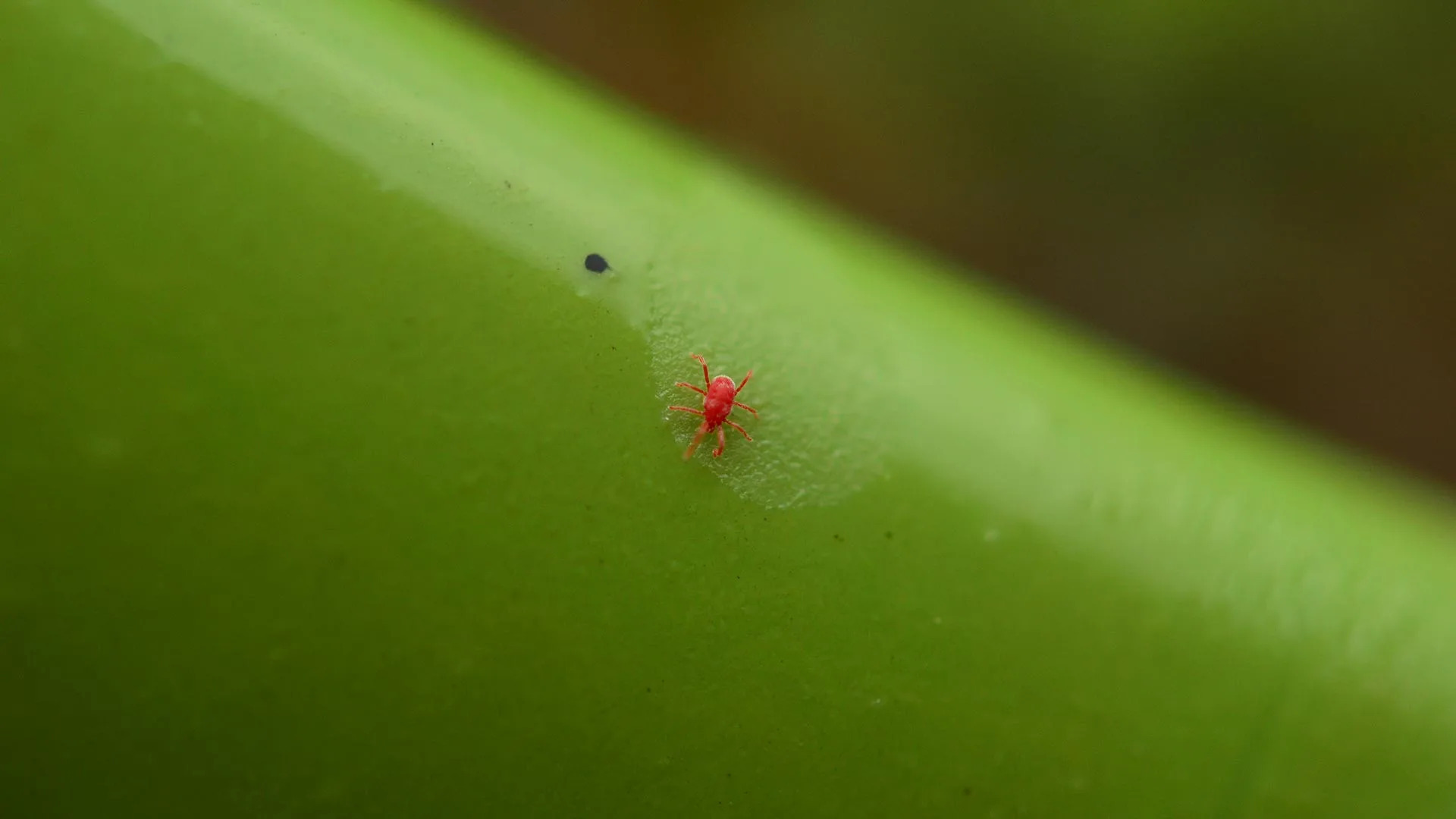

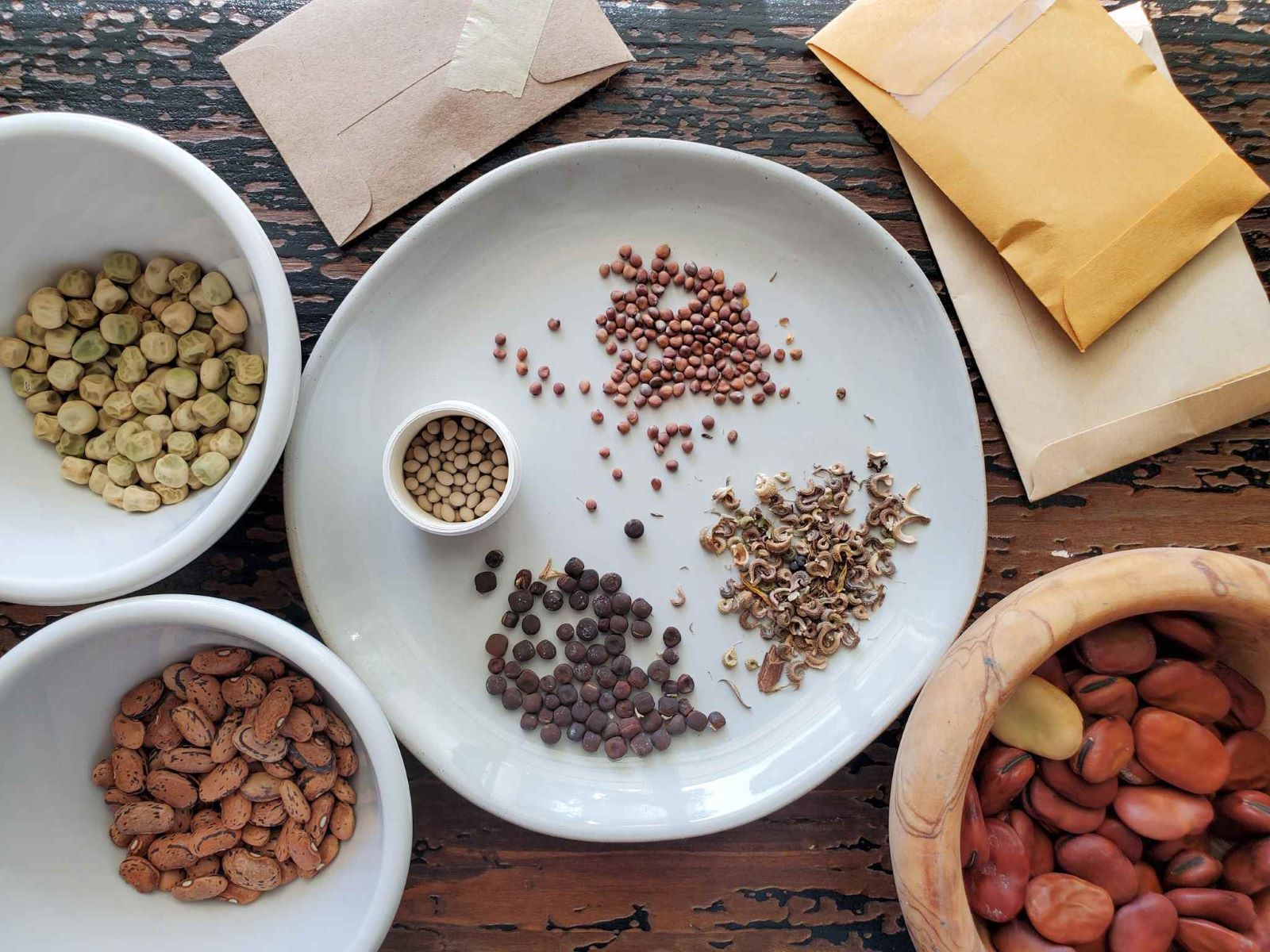
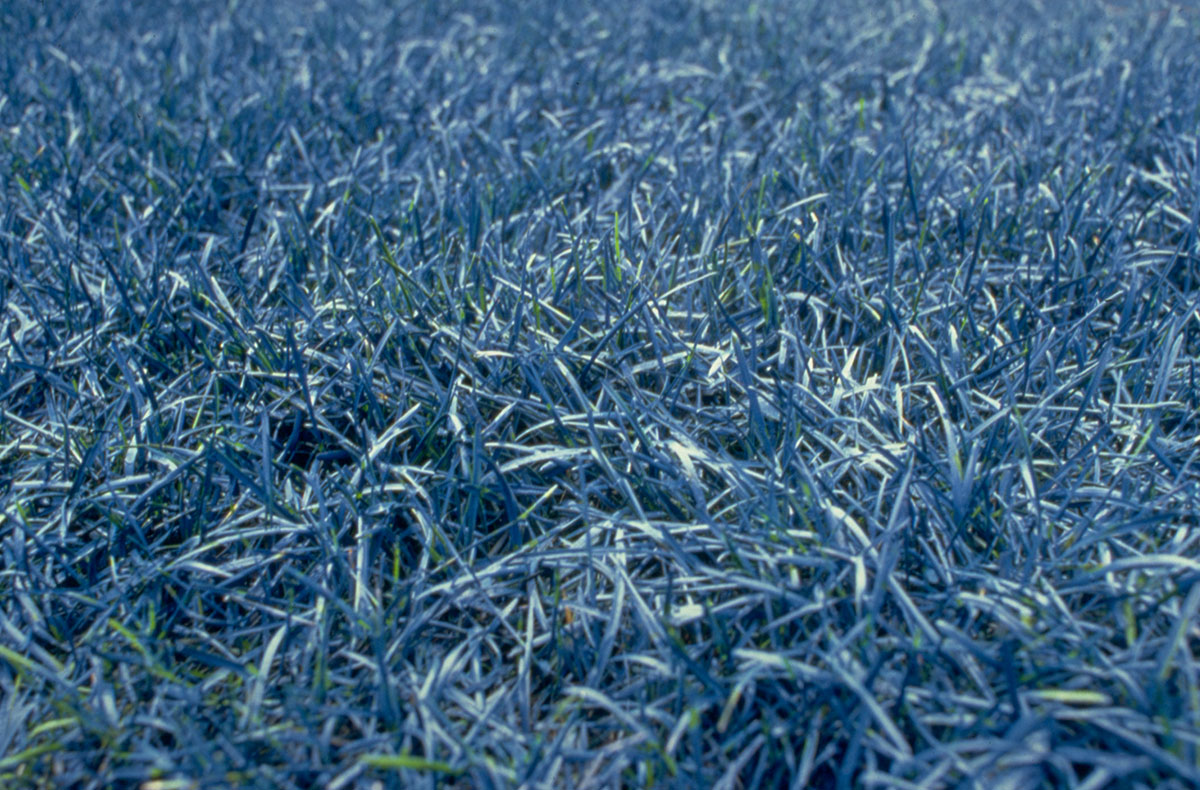
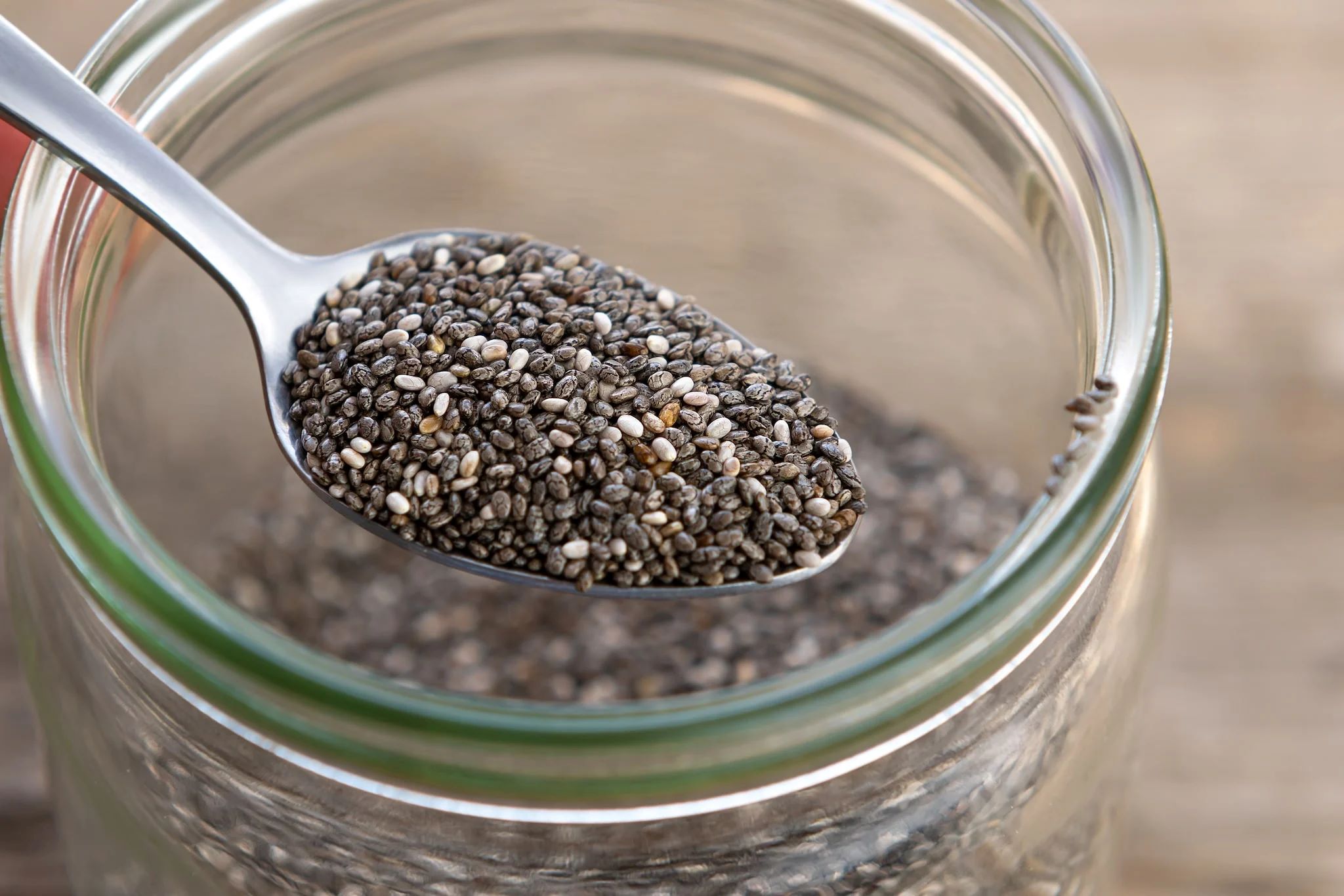
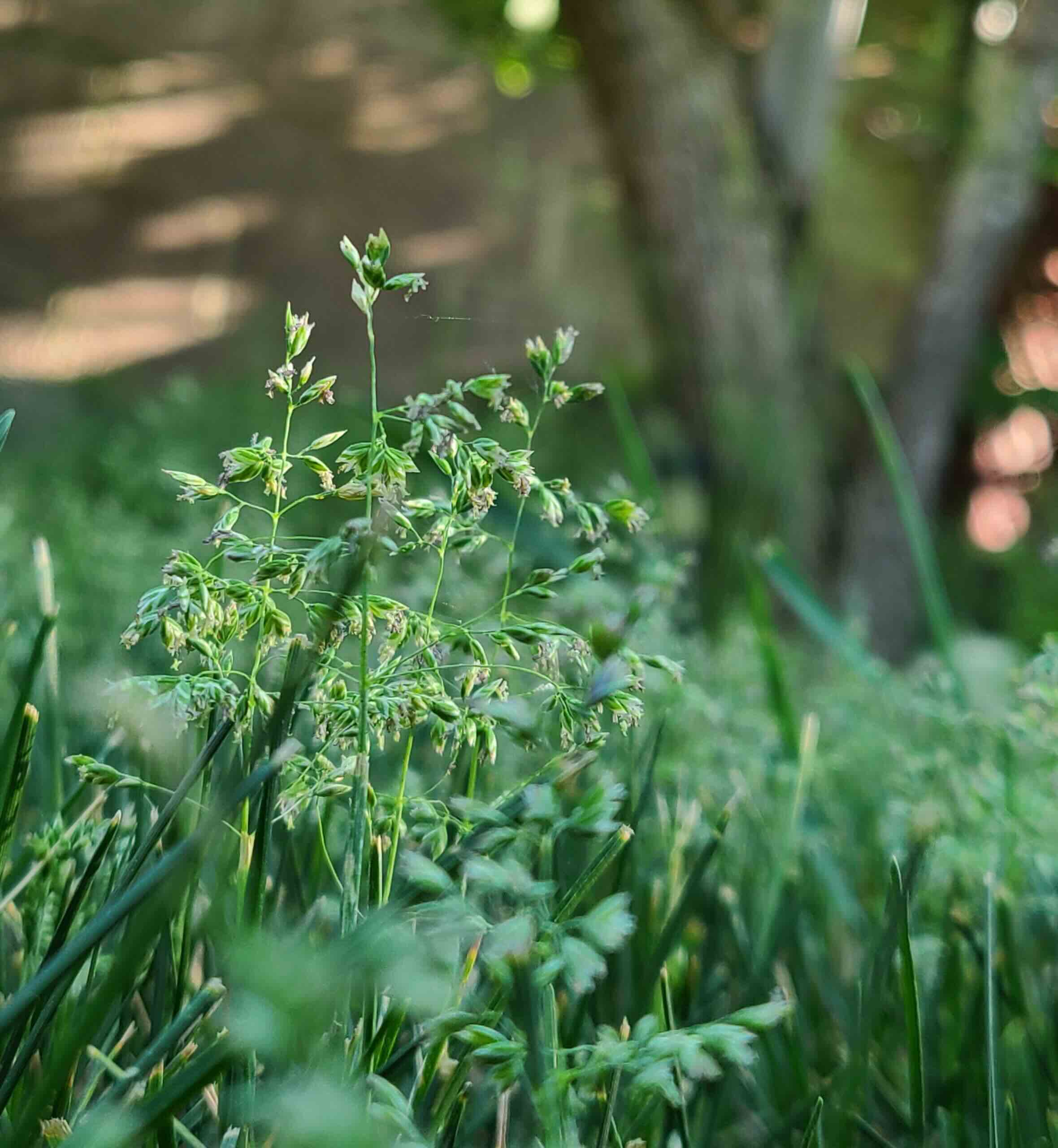

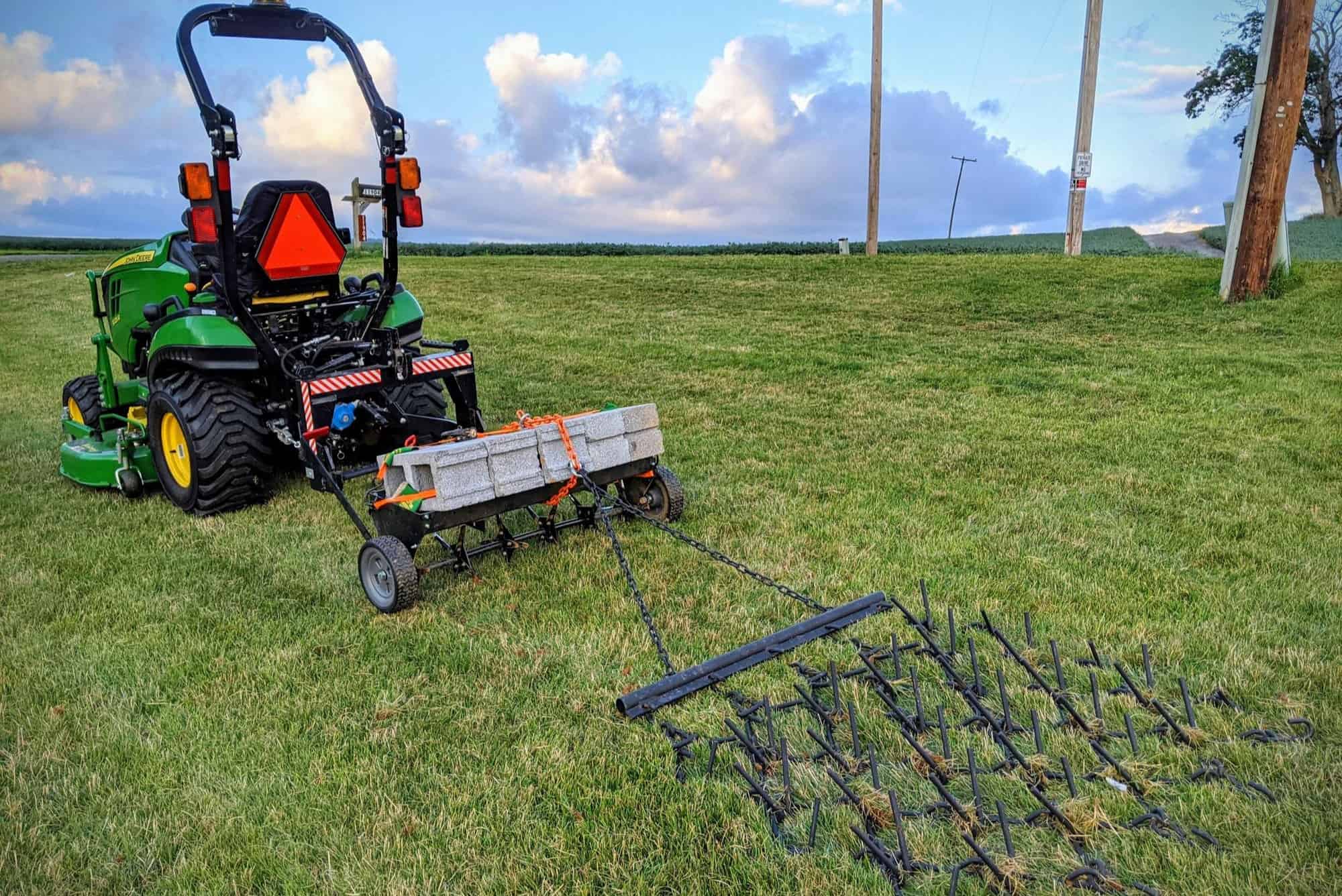

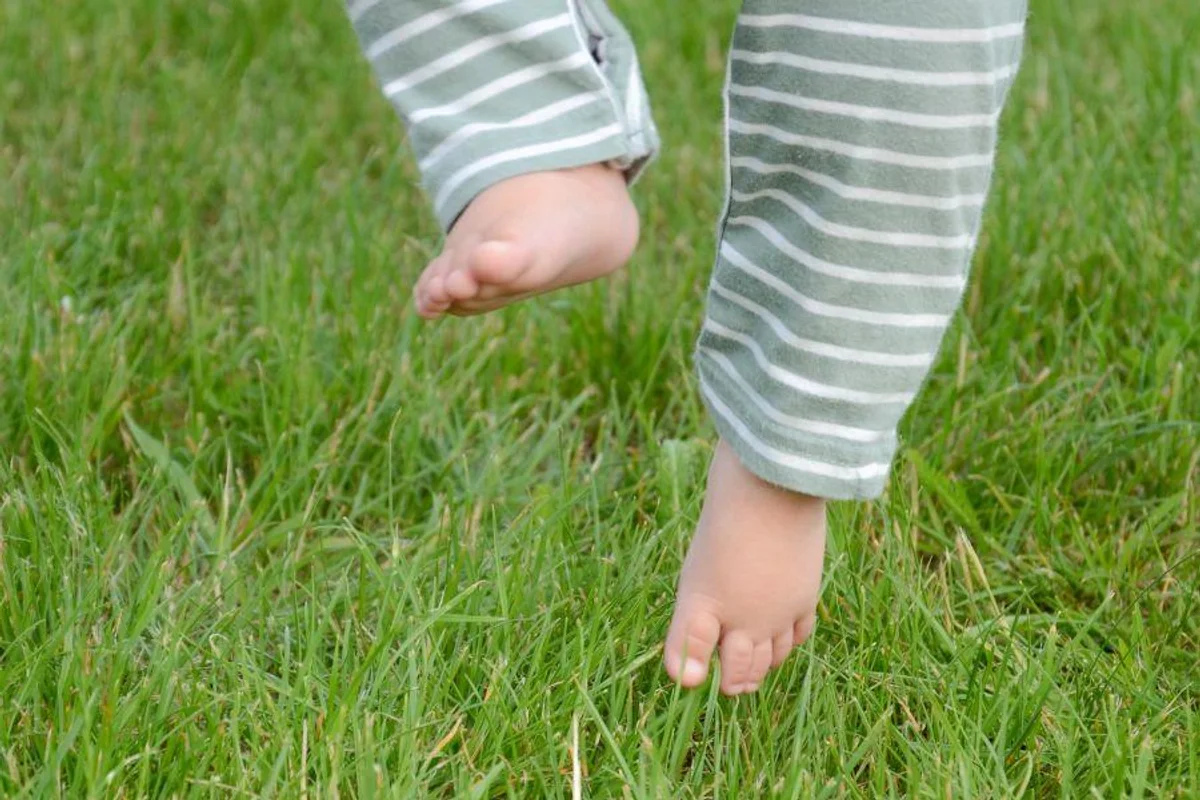

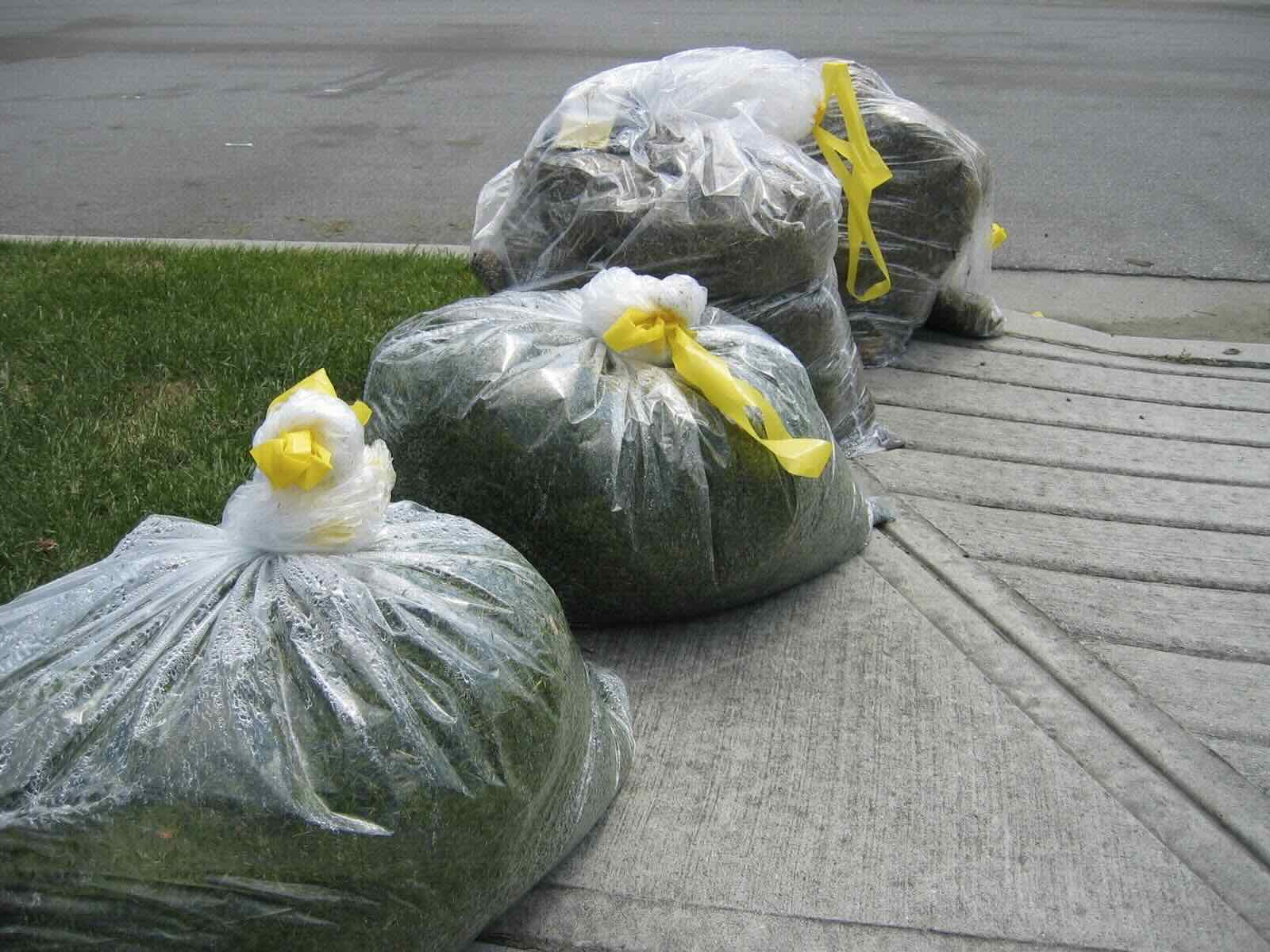
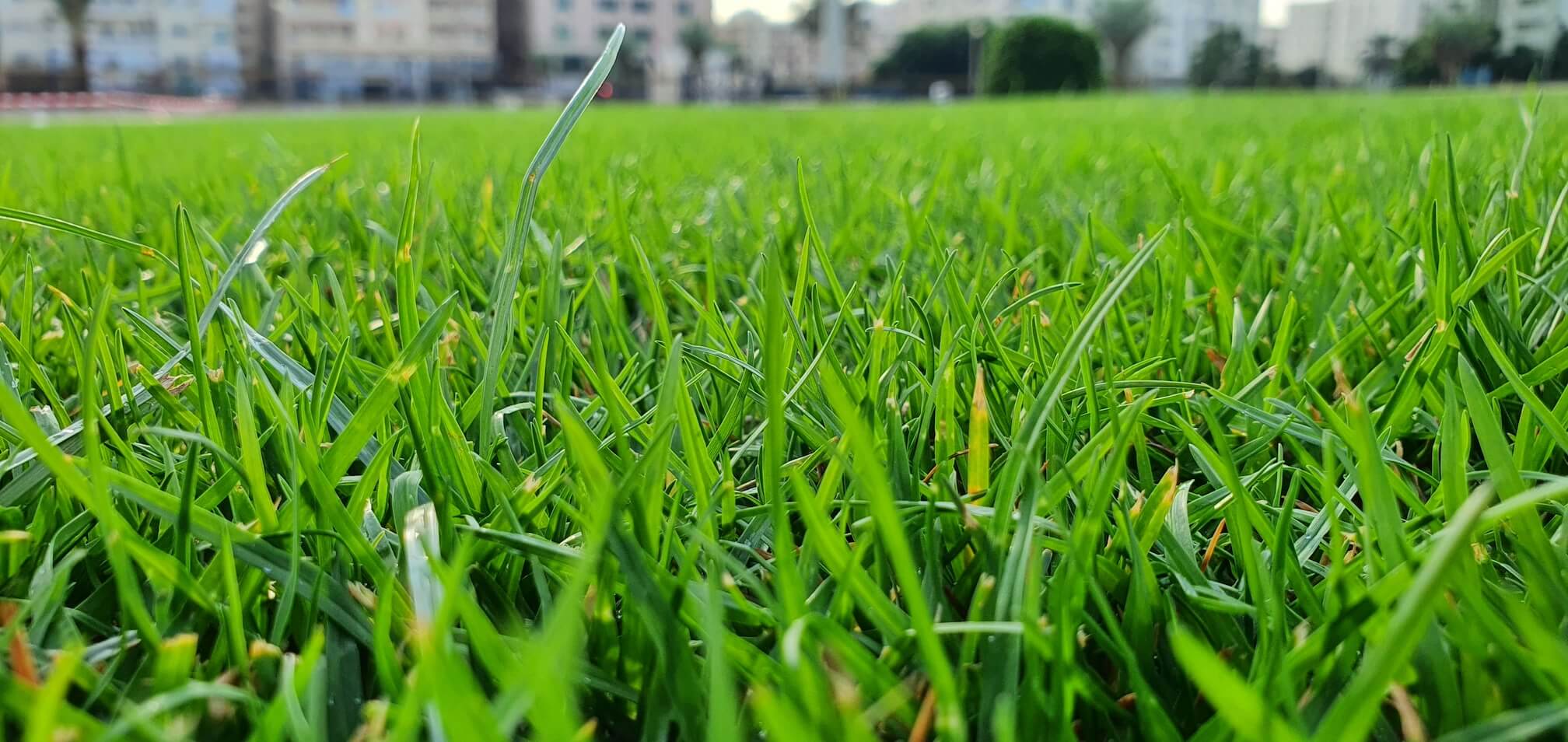
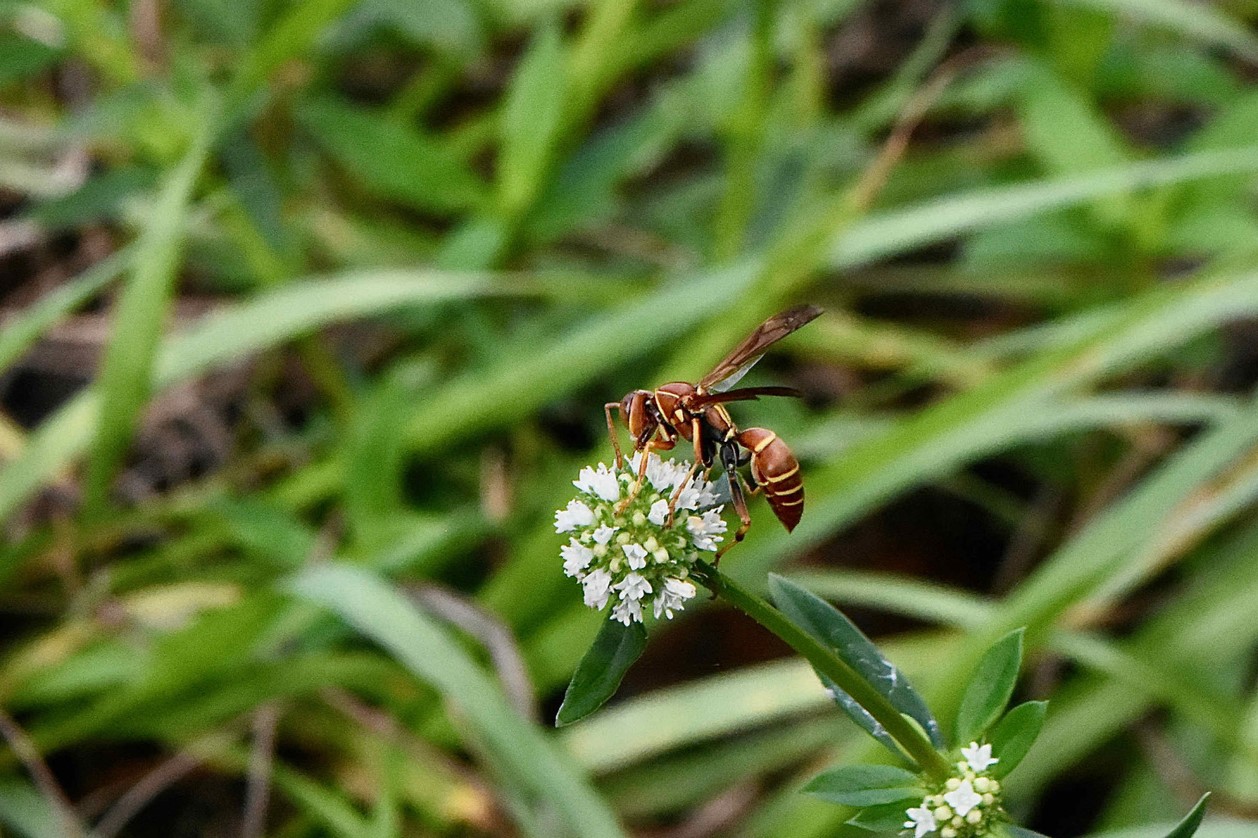

0 thoughts on “Why Can’t Humans Digest Grass”